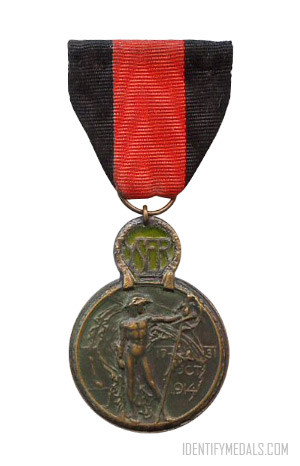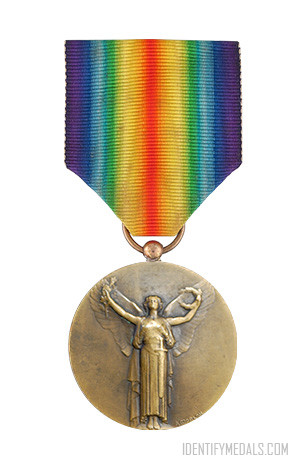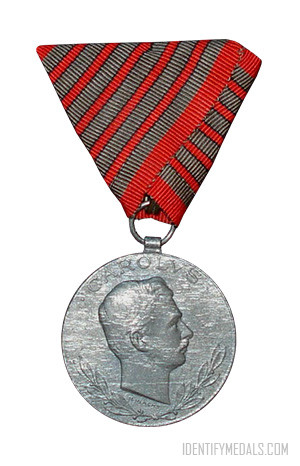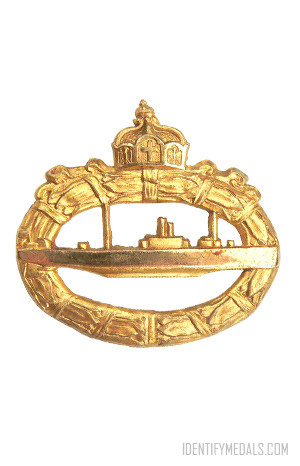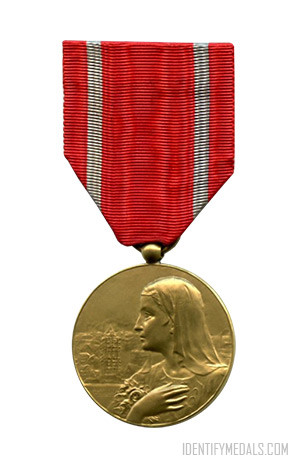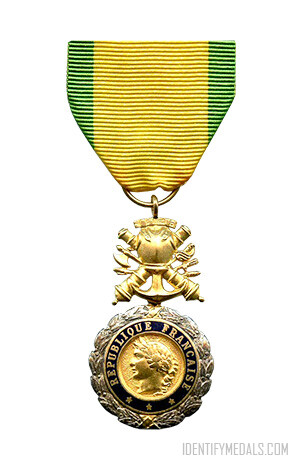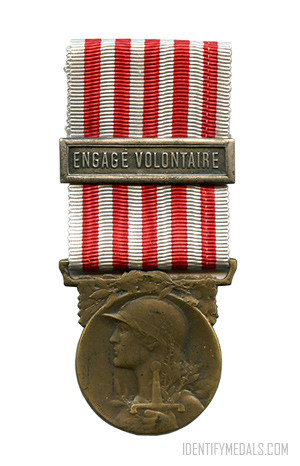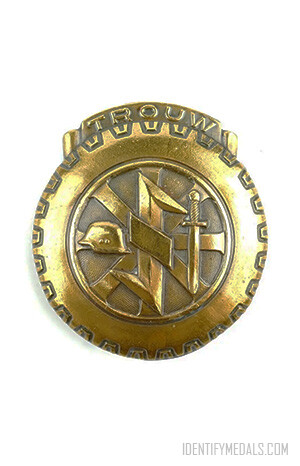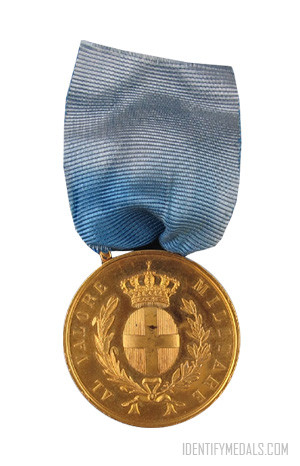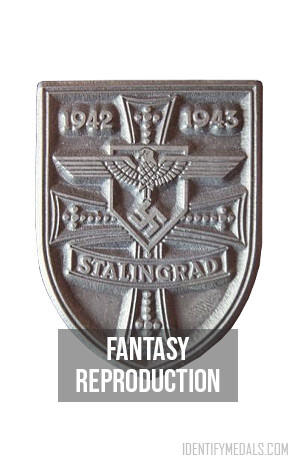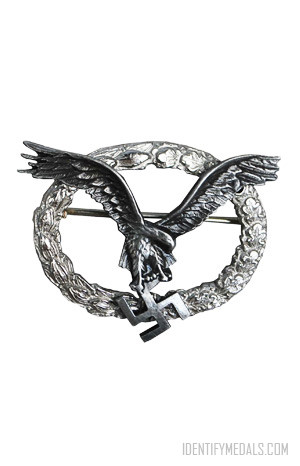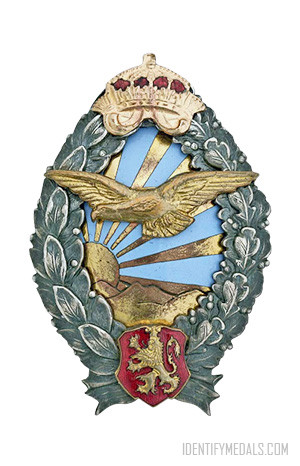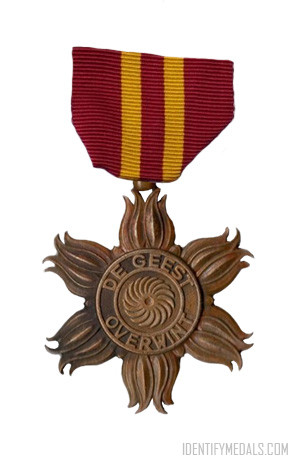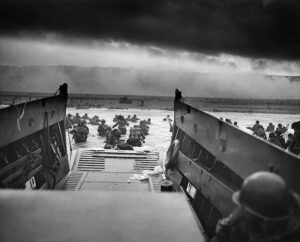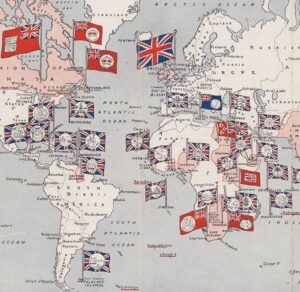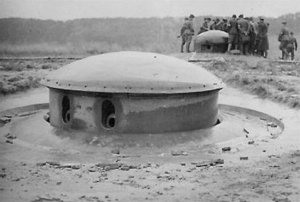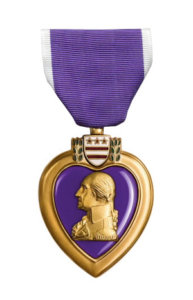- Time Period: The Great War
- Institution: 18 October 1918
- Country: Belgium
The Yser Medal (Médaille de l’Yser / Medaille van de IJzer) is a Belgian campaign medal established on 18 October 1918 to denote distinguished service during the 1914 Battle of the Yser (between 17 and 31 October 1914) in which the Belgian Army stopped the German advance of the German invasion of Belgium.
The medal could also be awarded to foreign nationals and members of allied military forces who took part in the battle, and could be given posthumously.
It was worn on the left side of the chest and when in the presence of other awards of Belgium, directly after the Belgian War Cross.
The Yser Medal Design
The medal measures 35 mm in diameter and is circular and struck from bronze. It’s surmounted by a smaller diameter green enameled medallion.
The obverse bears a nude, helmeted man holding a lance, which references the halting of the advance of the German forces. To his right, a relief inscription on three lines reads “17-31 OCT 1914” and “YSER“. The reverse bears the image of a roaring wounded lion lying on the bank of the Yser river, with an arrow in its left shoulder. Below the lion, a relief inscription reads “YSER“, and shows the Belgian royal crown over the relief letter “A”, the monogram of King Albert.
The ribbon is red silk moiré with wide black edge stripes. The red denoting the spilled blood, the black denoting the mourning.

